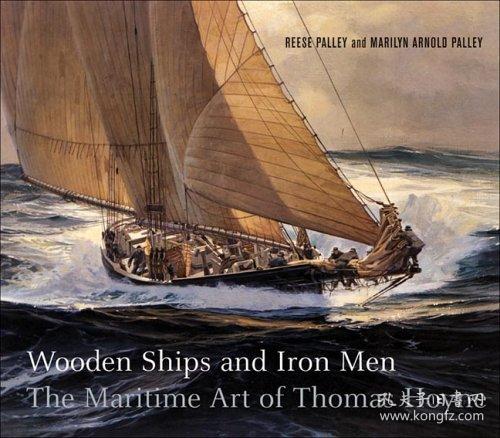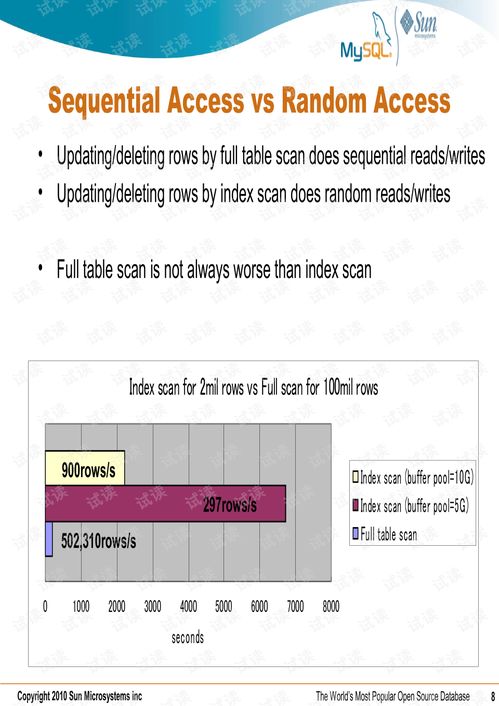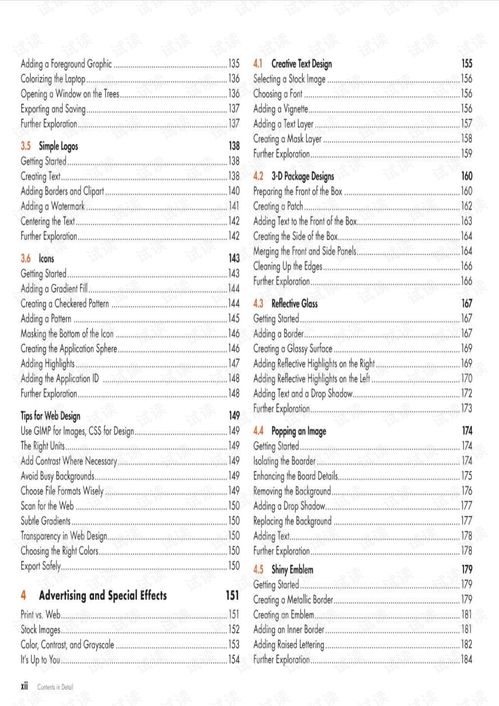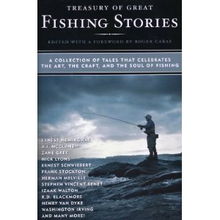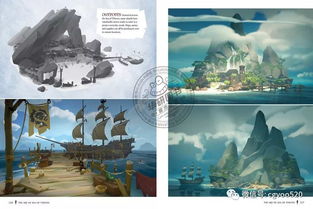Content:
Introduction: Fishing, an age-old activity, has always been a popular pastime for many. Among the various techniques, trolling has emerged as a highly effective method for catching fish. Trolling involves dragging a lure or bait behind a moving boat at a steady speed. To enhance your chances of success, mastering the art of baiting and understanding how to manipulate the fishing float or bobber are crucial. In this article, we will delve into the world of fishing and provide you with a step-by-step guide on how to perfect the art of baiting and fishing techniques with the help of a detailed diagram.
Section 1: Understanding the Basics of Trolling 1.1 What is Trolling? Trolling is a fishing technique where a lure or bait is slowly reeled through the water at a consistent speed. This method is particularly effective for catching fish in deeper waters, as it mimics the natural movement of prey.
2 Equipment Required To get started with trolling, you will need the following equipment:
- Fishing rod and reel
- Trolling motor or outboard motor
- Fishfinder or depth sounder
- Trolling rod and line
- Lures or baits
Section 2: Choosing the Right Lure or Bait 2.1 Lures Lures are artificial imitations of fish, insects, or other creatures that fish prey on. They come in various shapes, sizes, and colors. To choose the right lure, consider the following factors:
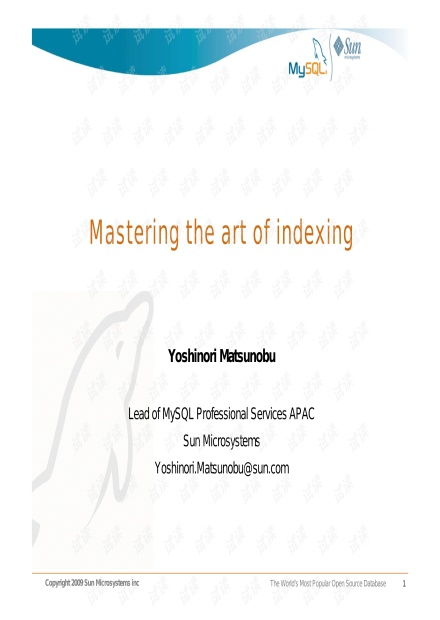
- Target species: Different fish species prefer different types of lures.
- Water conditions: Adjust the lure based on the water's temperature, clarity, and depth.
- Size and color: Match the lure's size and color to the prey species' natural appearance.
2 Baits Baits are natural food sources that attract fish. They can be live, dead, or artificial. Common baits include:
- Live bait: Fish, worms, insects, or crustaceans.
- Dead bait: Cut-up fish, shrimp, or squid.
- Artificial bait: Plastic worms, grubs, or jigs.
Section 3: Baiting Techniques 3.1 Attaching the Lure or Bait To start, attach the lure or bait to your fishing line using a reliable knot, such as the Palomar or Improved Clinch knot. Make sure the connection is secure to prevent any potential snags or breakages.
2 Choosing the Right Fishing Line Select a fishing line that matches the target species and water conditions. For example, a monofilament line is suitable for most freshwater species, while a braided line is ideal for saltwater fishing.
3 Attaching the Float or Bobber The float or bobber is an essential tool for monitoring the depth and movement of your lure or bait. To attach it, follow these steps:
- Cut a small loop in the line above the lure or bait.
- Slide the float or bobber through the loop and adjust its position to achieve the desired depth.
- Secure the float or bobber with a slip knot or a simple overhand knot.
Section 4: Trolling Techniques 4.1 Speed and Depth Maintain a consistent speed and depth while trolling. Experiment with different speeds and depths to determine the most effective combination for your target species.
2 Reeling Technique Reel in the line at a steady pace, allowing the lure or bait to naturally swim or flutter through the water. Avoid reeling too fast or too slow, as it may alter the action of the lure or bait.
3 Reading the Float or Bobber Observe the movement of the float or bobber to detect when a fish is biting. A sudden movement, dip, or a rise in the float indicates a potential catch. Gently set the hook when you feel a tug on the line.
Section 5: Diagrams and Visual Guides To assist you in understanding the process of baiting and fishing techniques, we have provided a detailed diagram that illustrates the following:
- Attaching the lure or bait to the fishing line.
- Attaching the float or bobber to the line.
- Adjusting the float or bobber's position for the desired depth.
- Monitoring the float or bobber's movement during fishing.
Conclusion: Trolling is a highly effective fishing technique that requires practice and patience. By mastering the art of baiting and understanding how to manipulate the fishing float or bobber, you can increase your chances of catching fish. Remember to choose the right equipment, select the appropriate lure or bait, and practice the correct techniques. With time and experience, you will become a proficient angler, reeling in the big ones with ease. Happy fishing!
